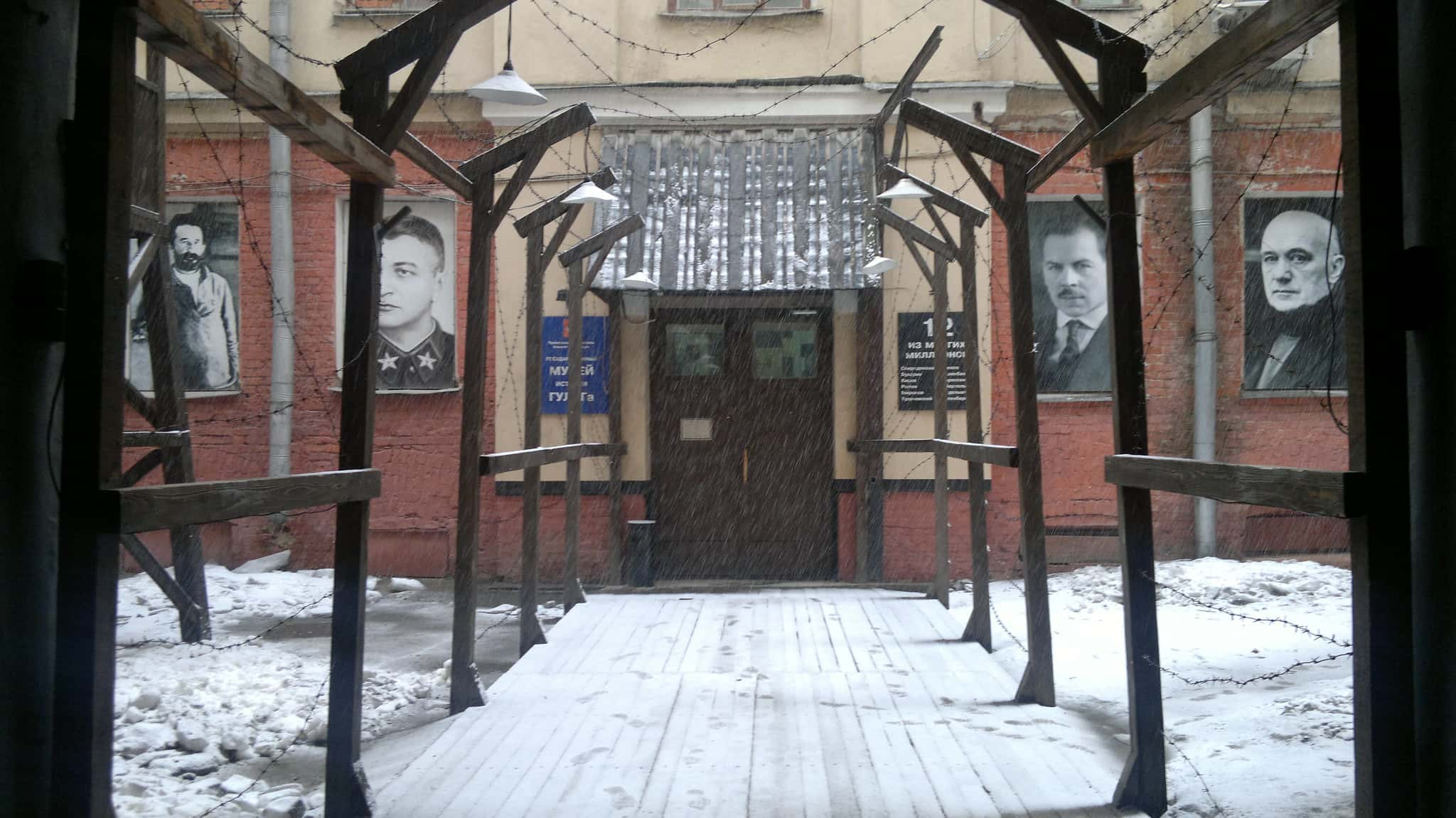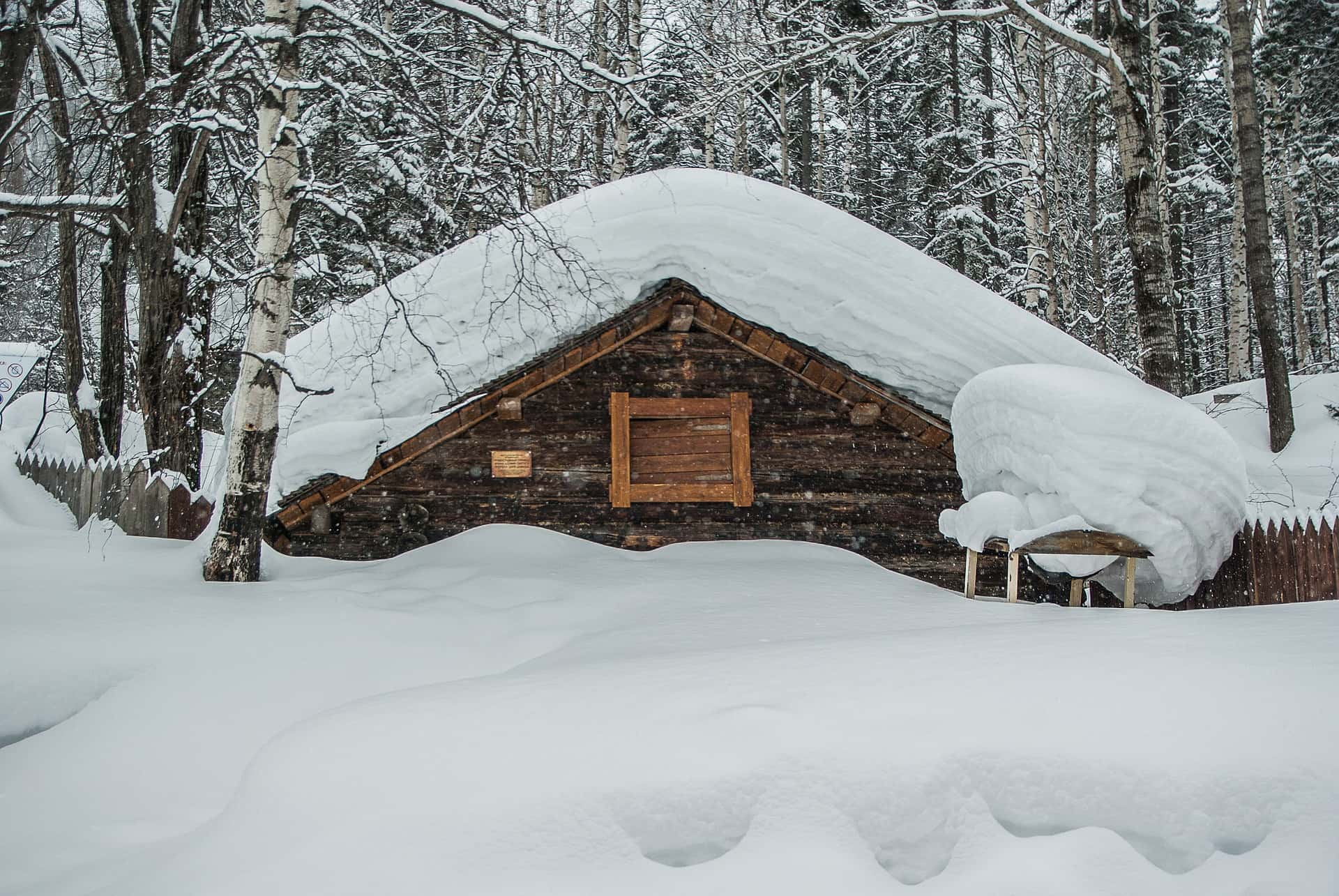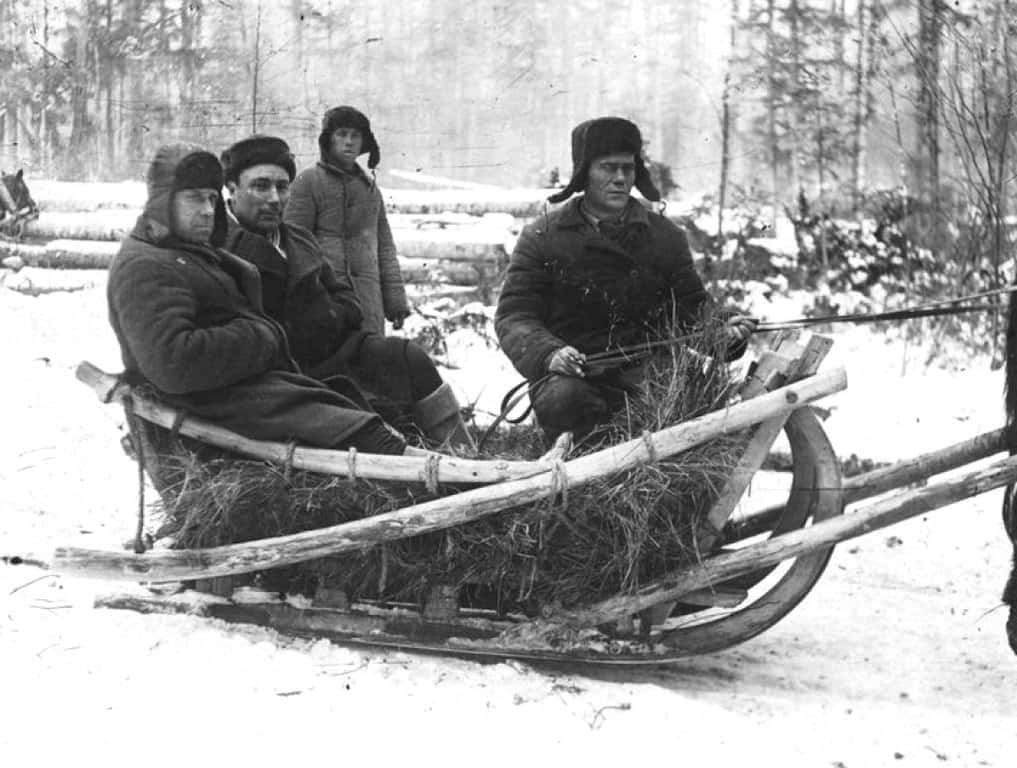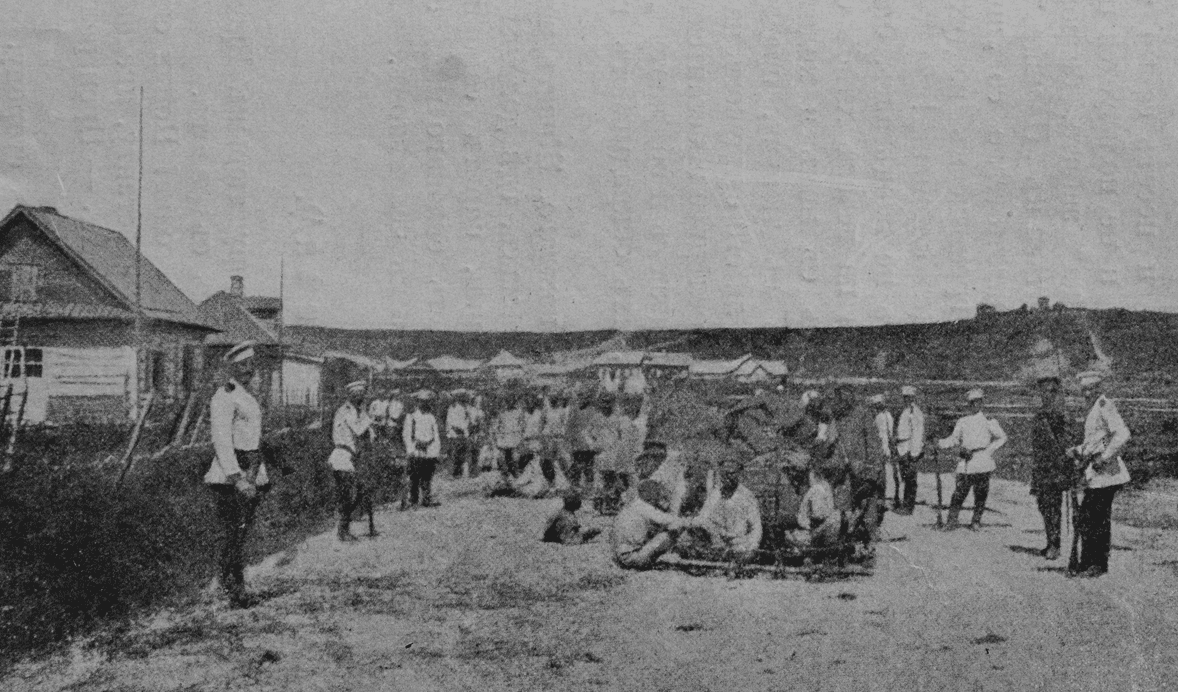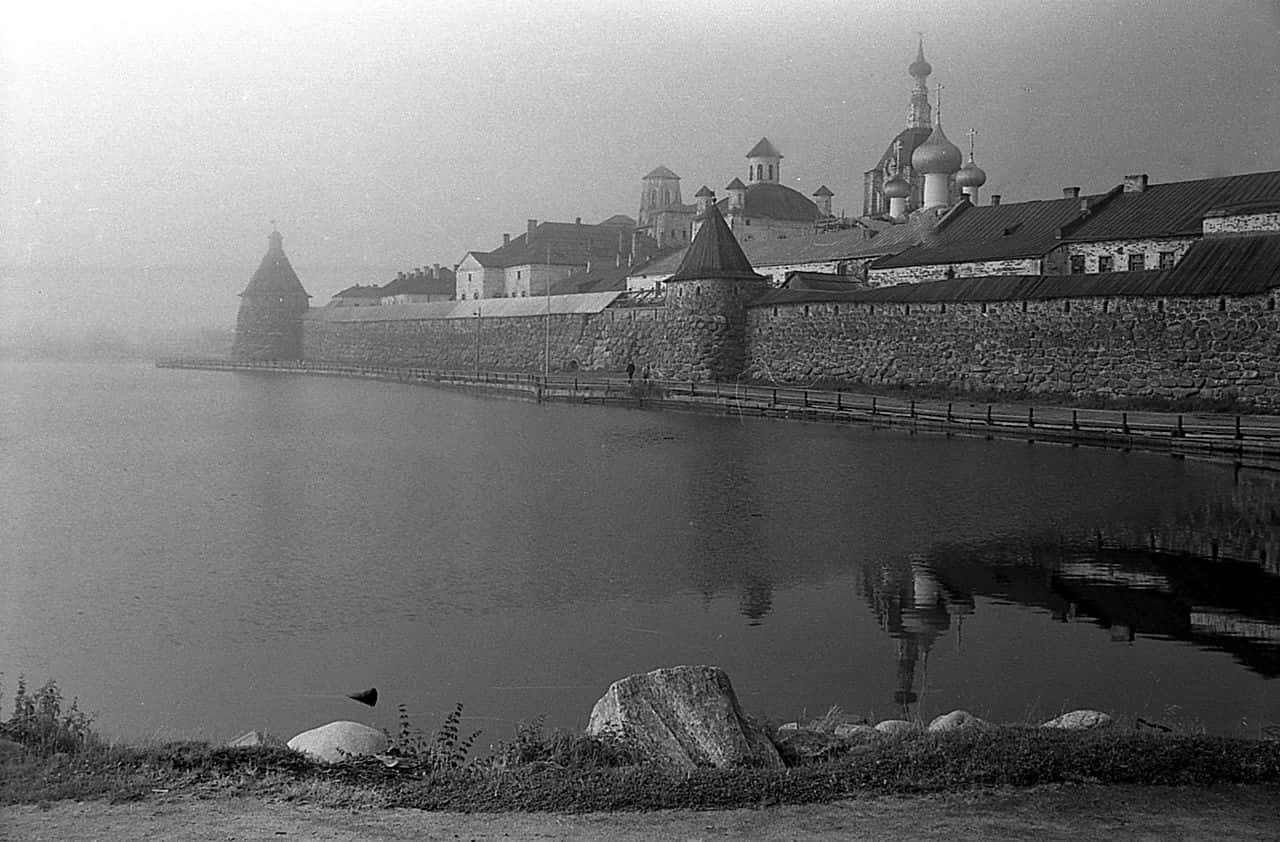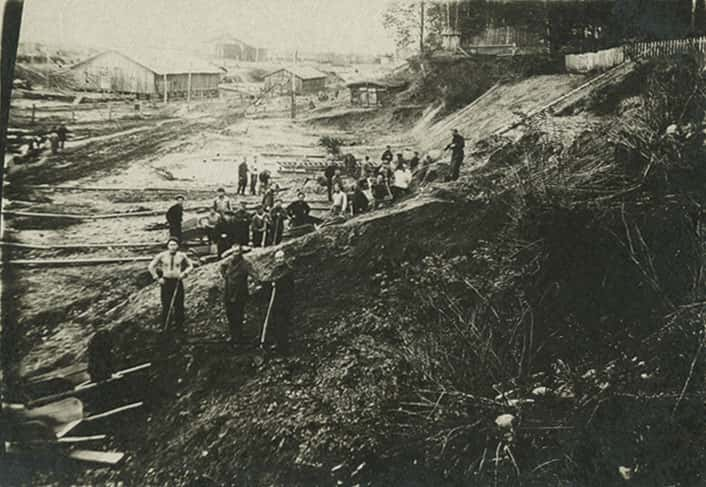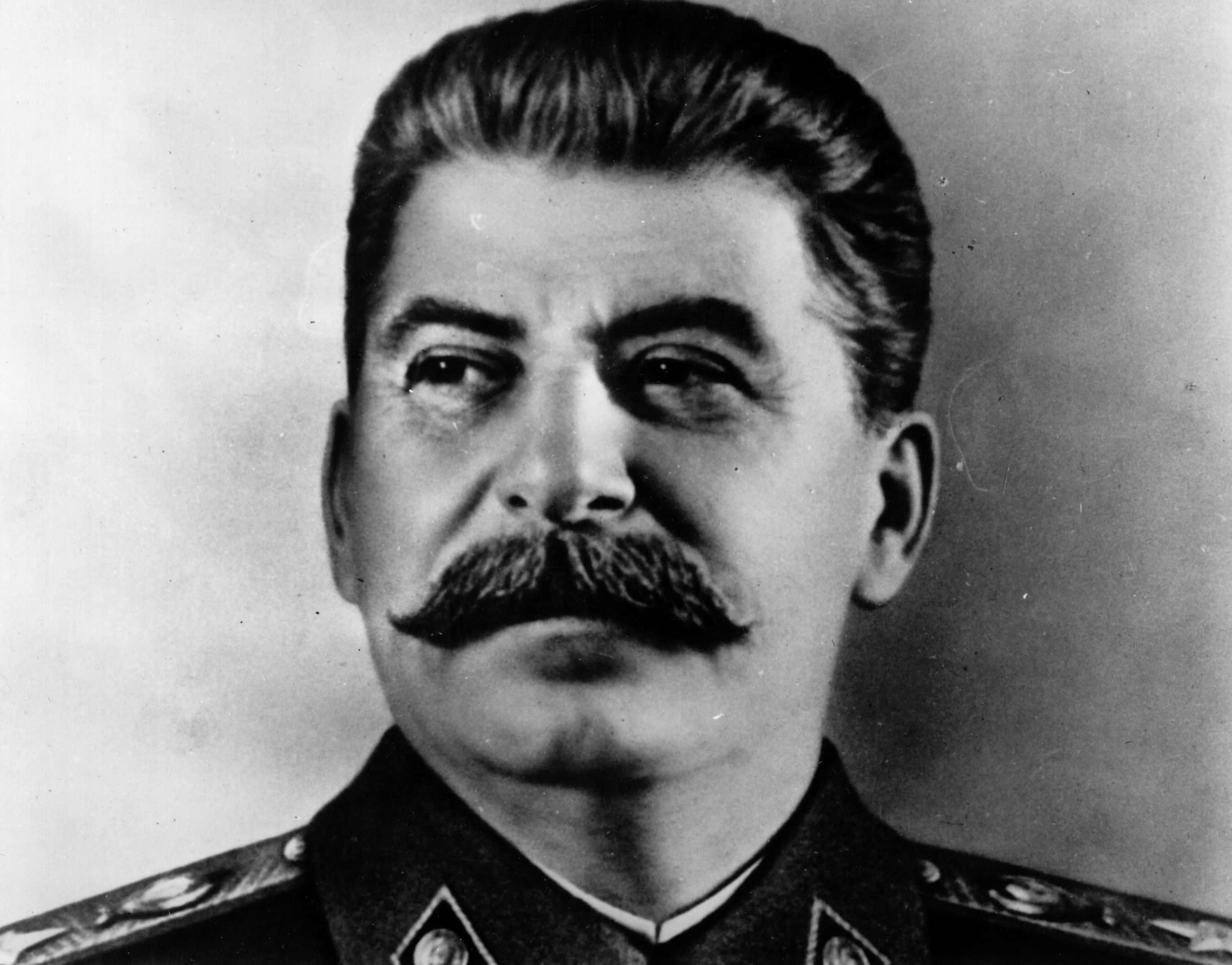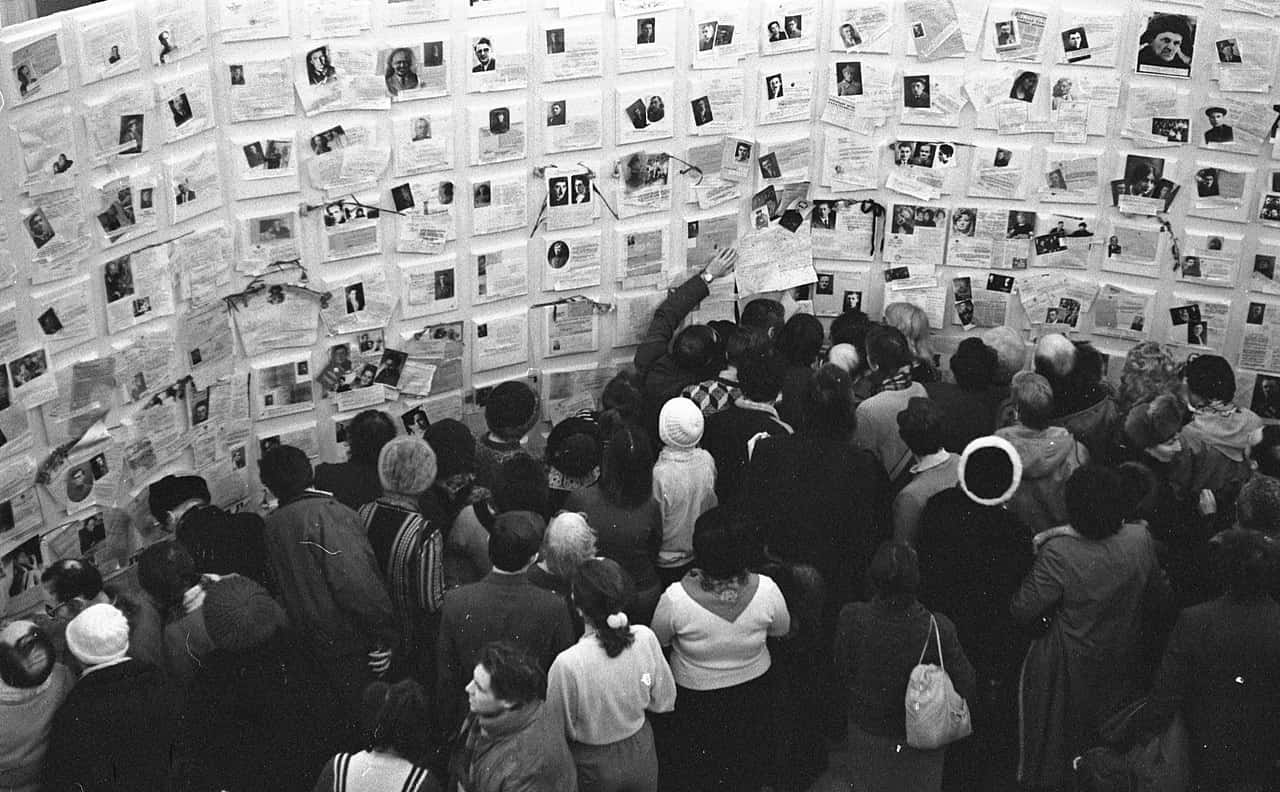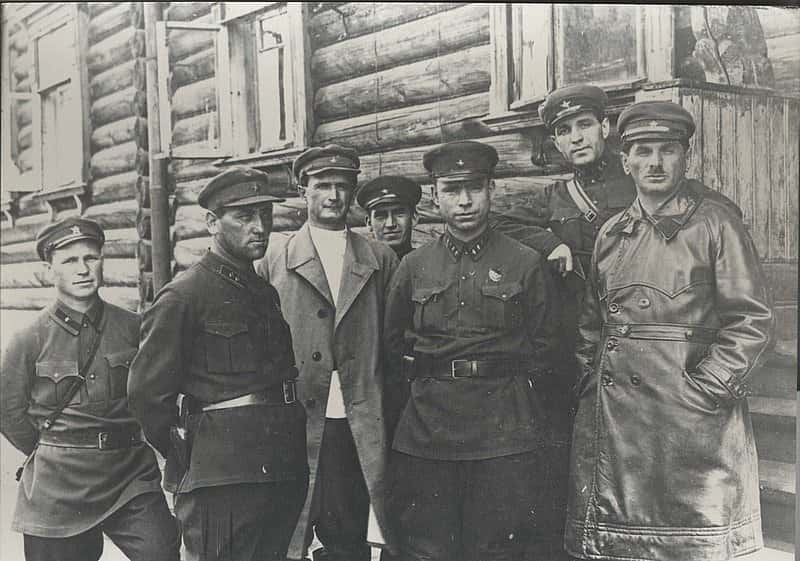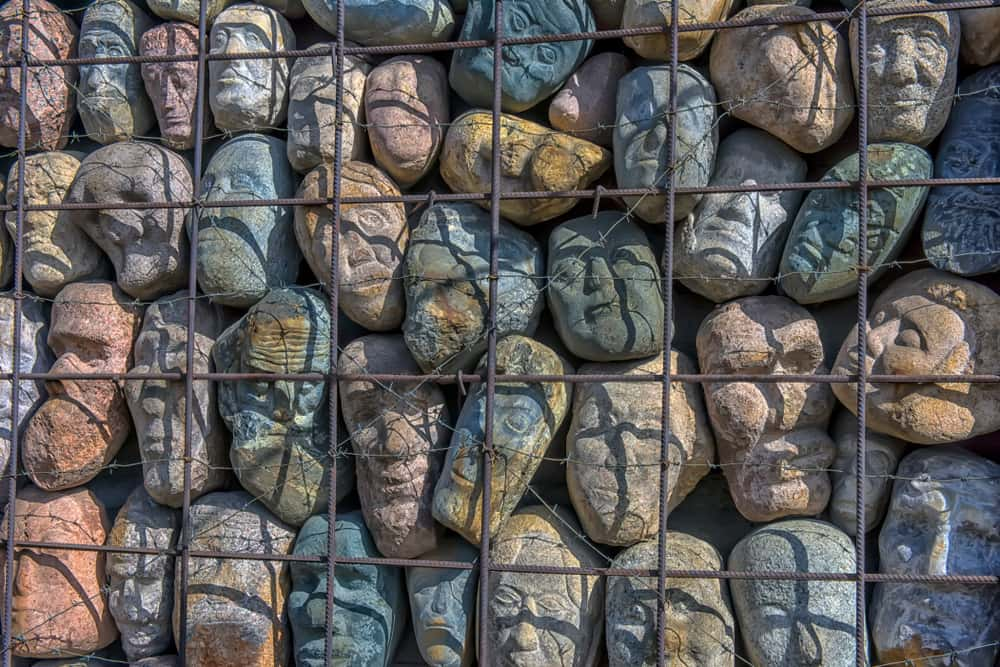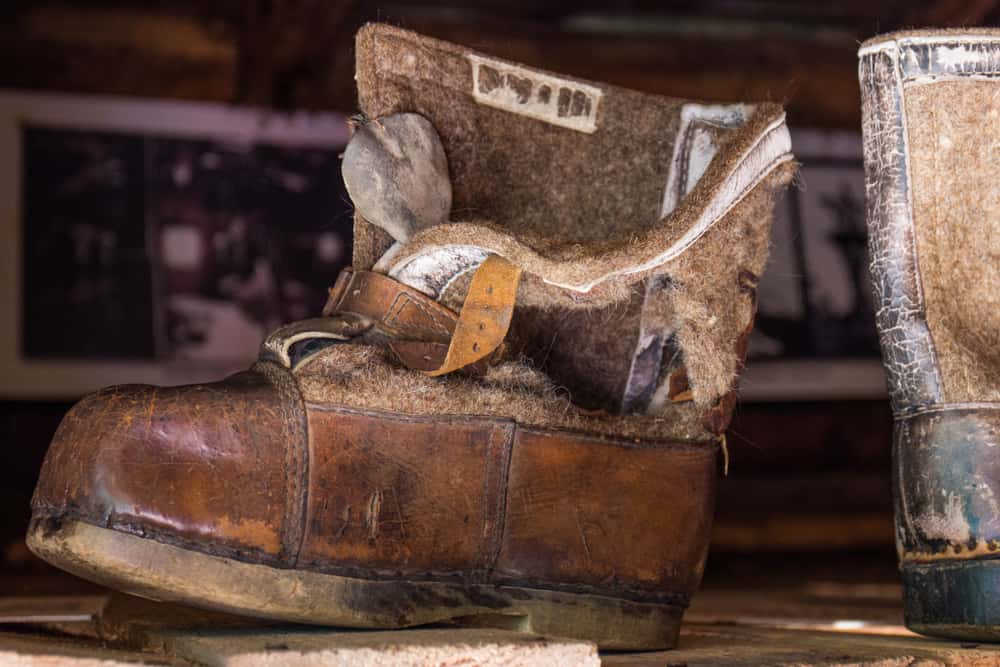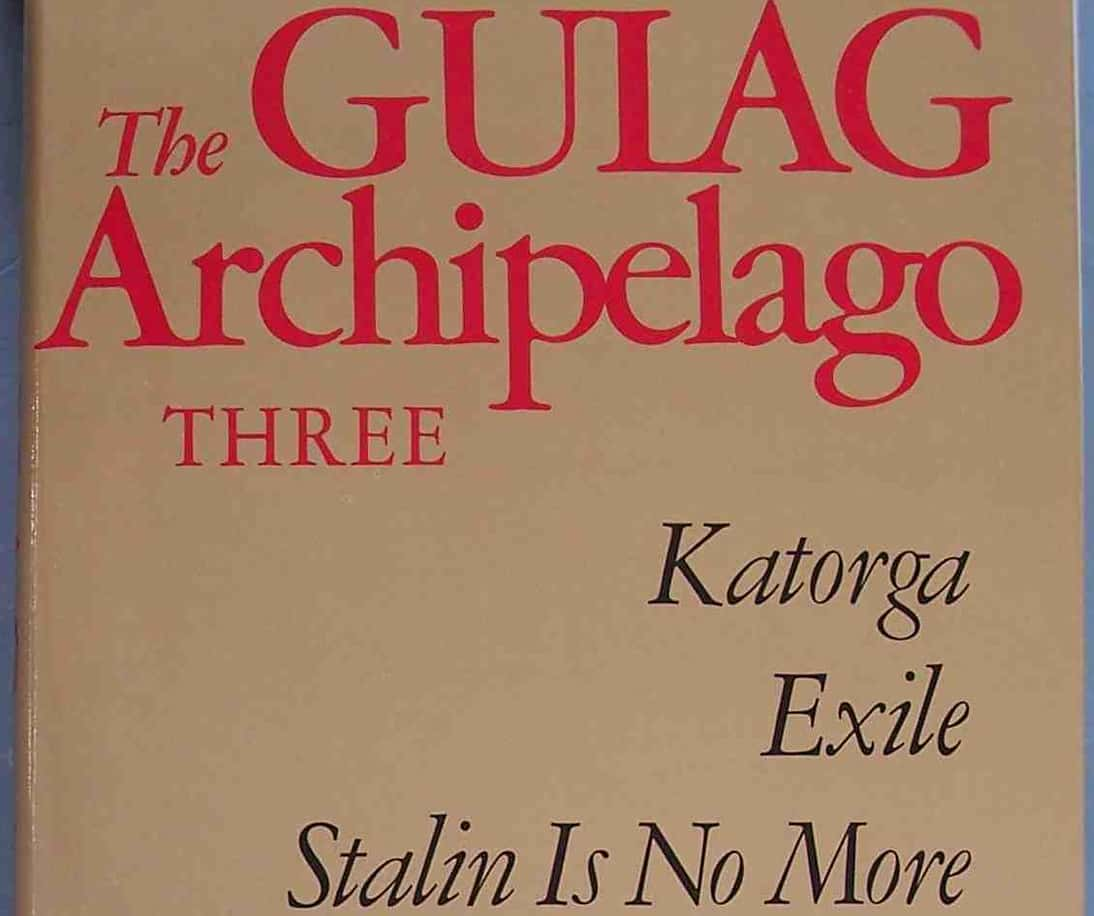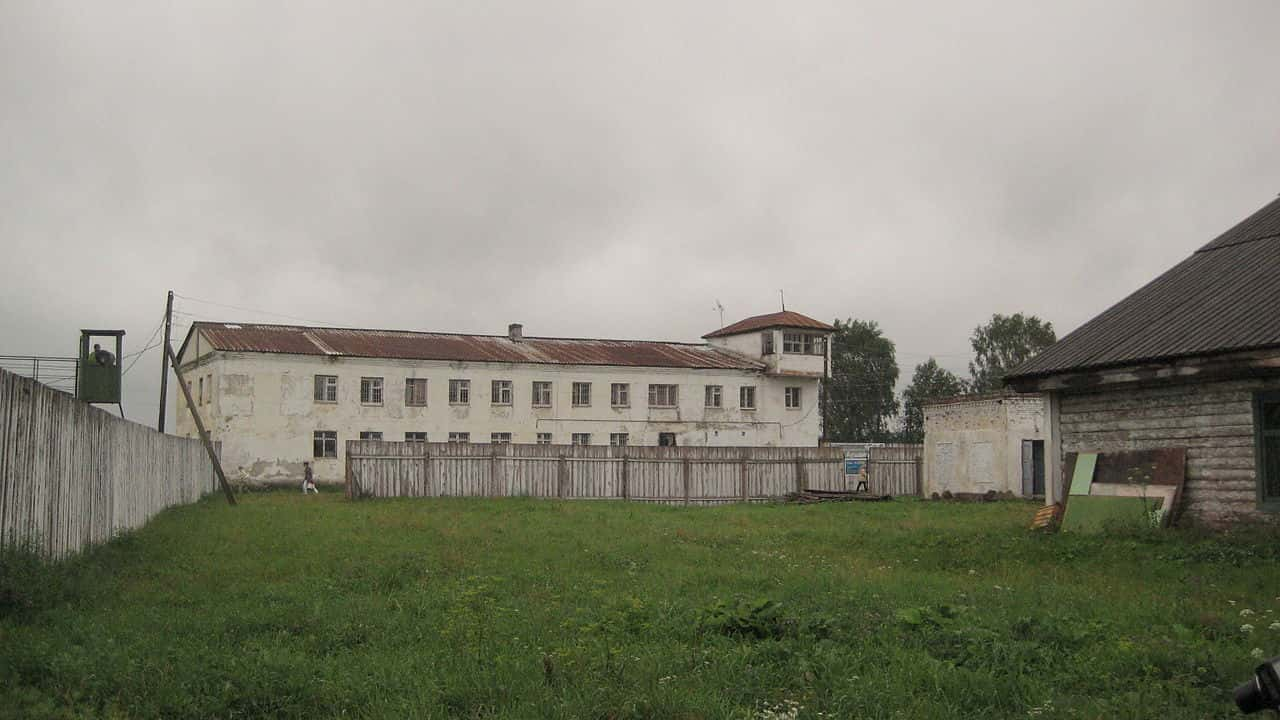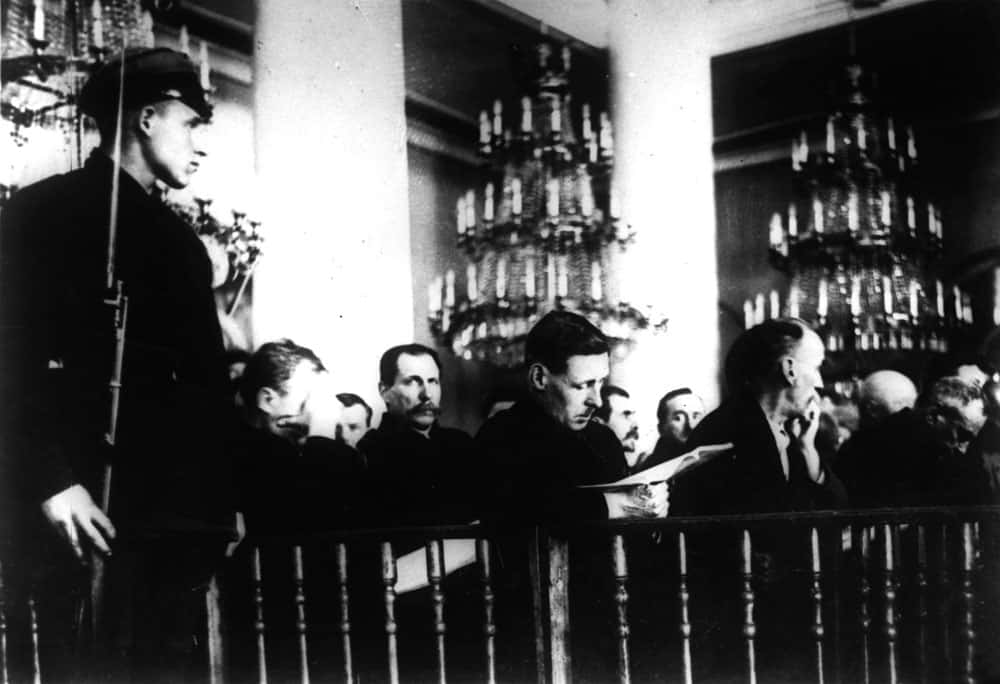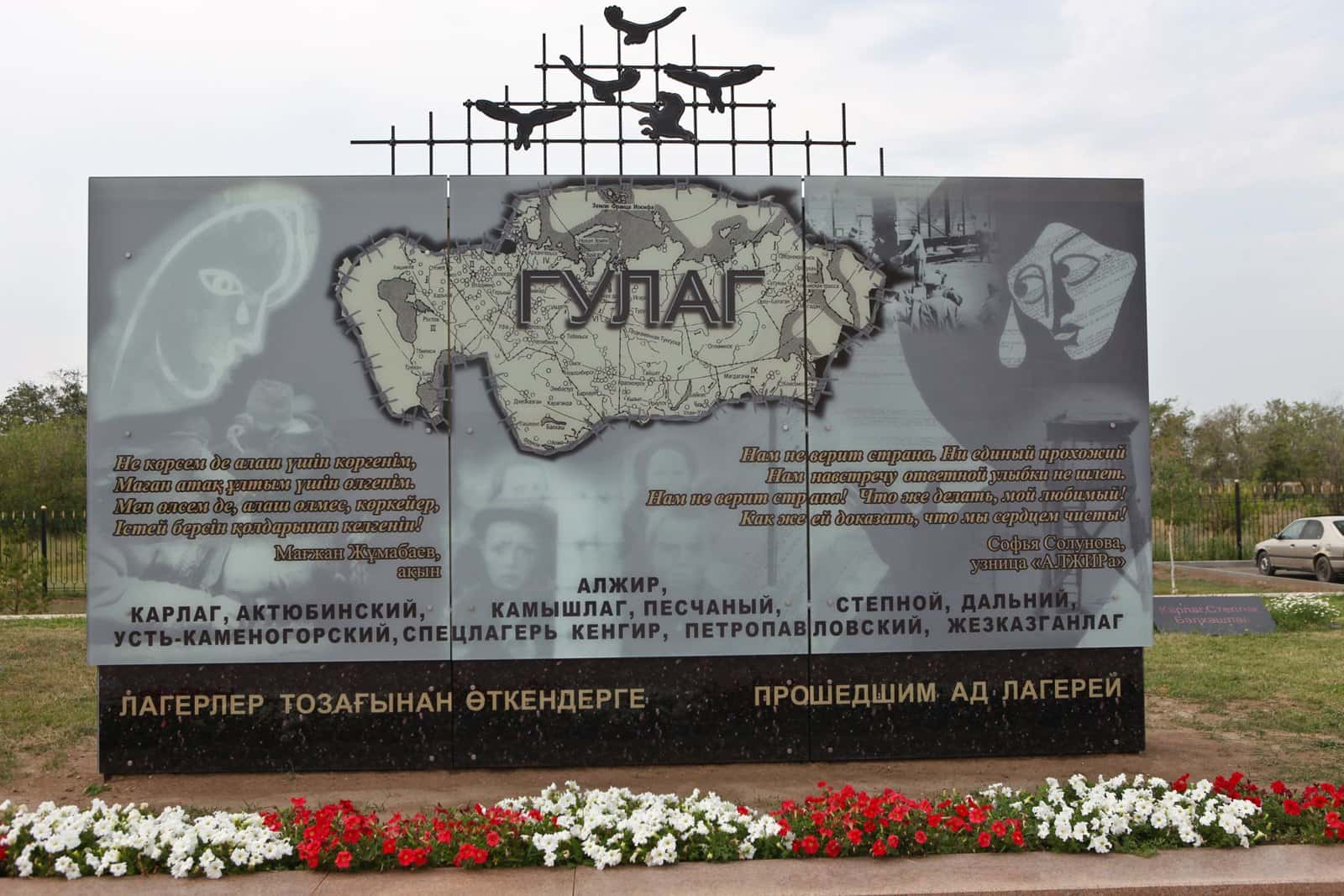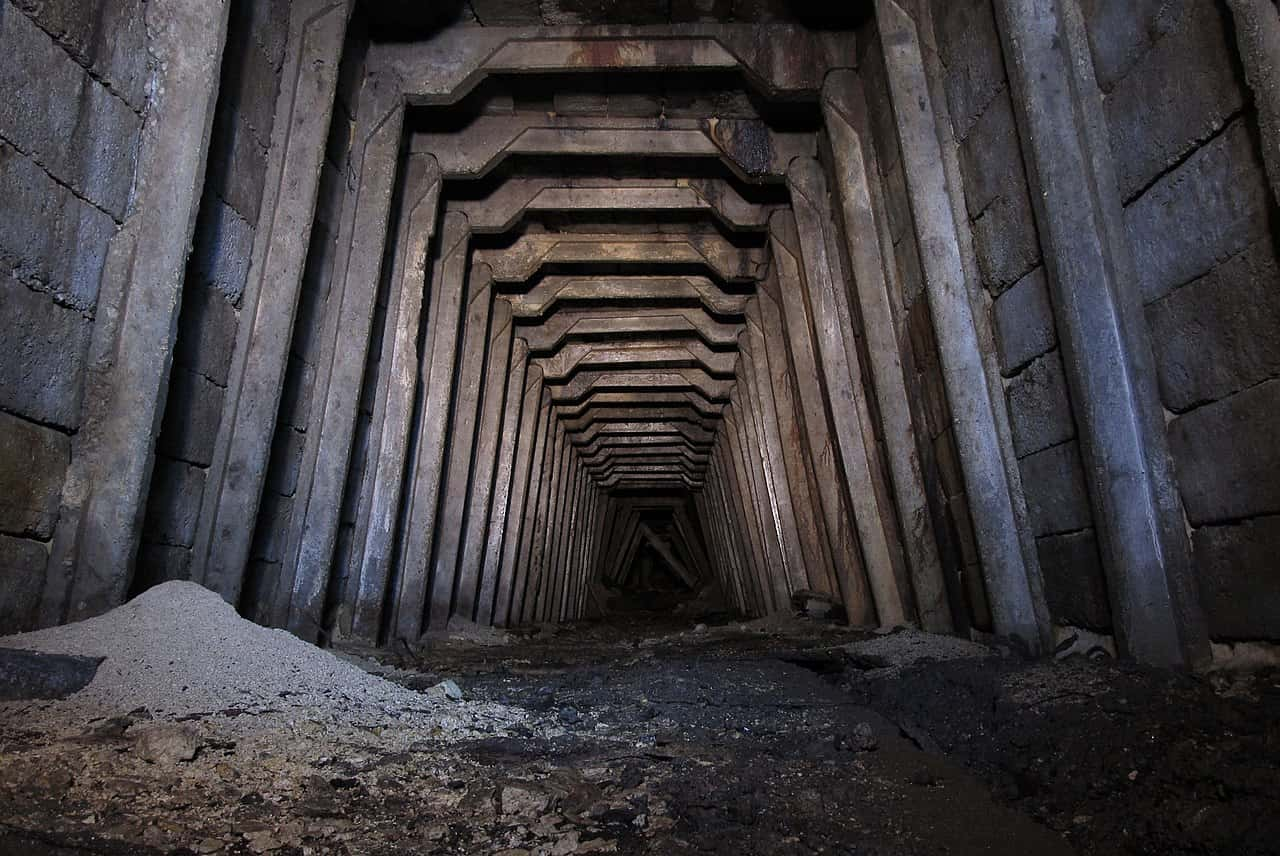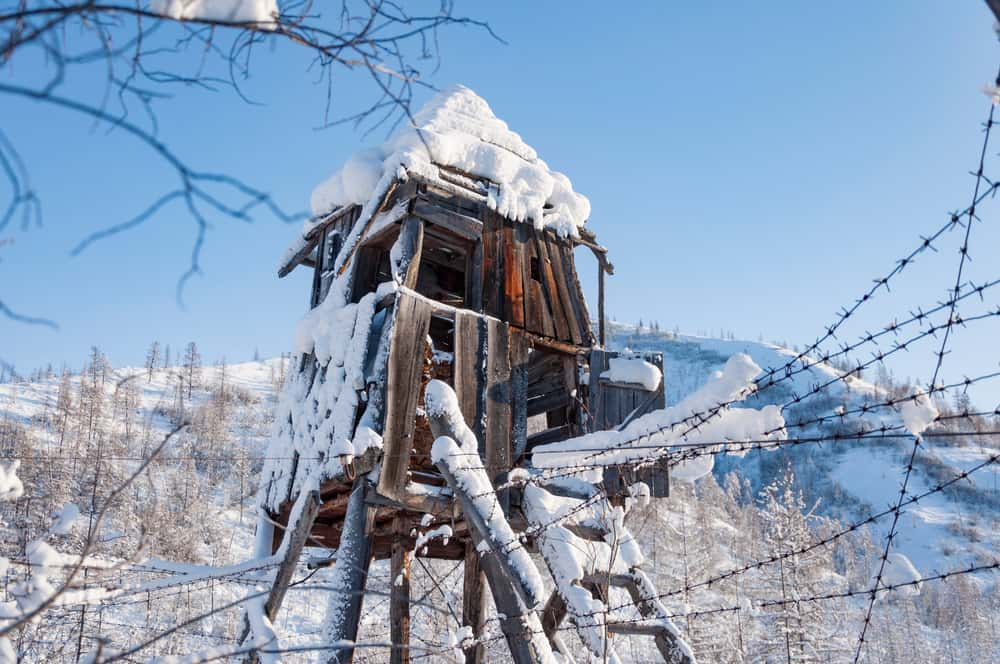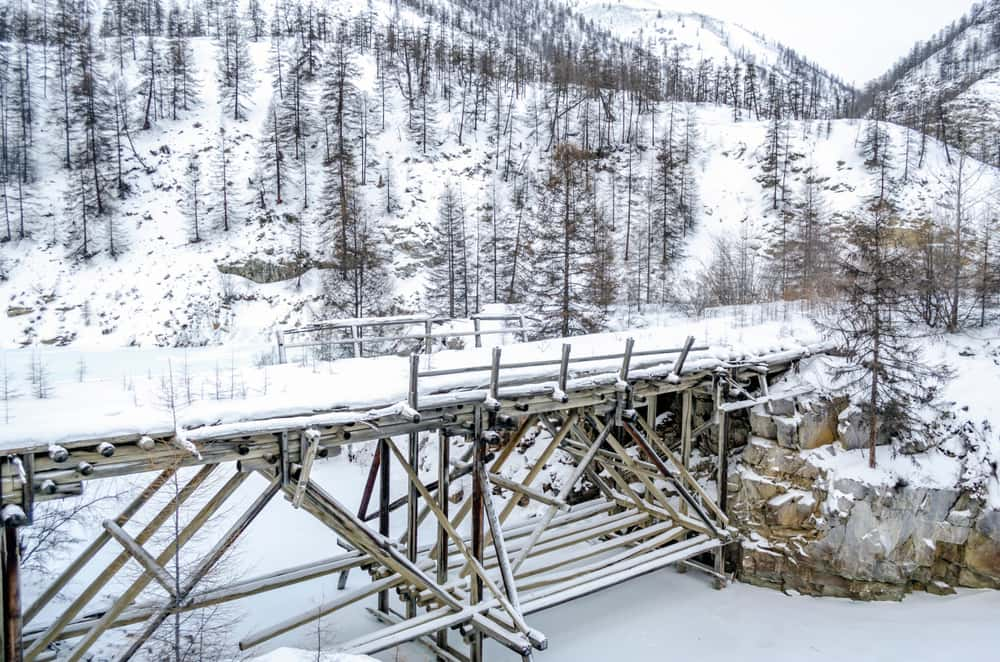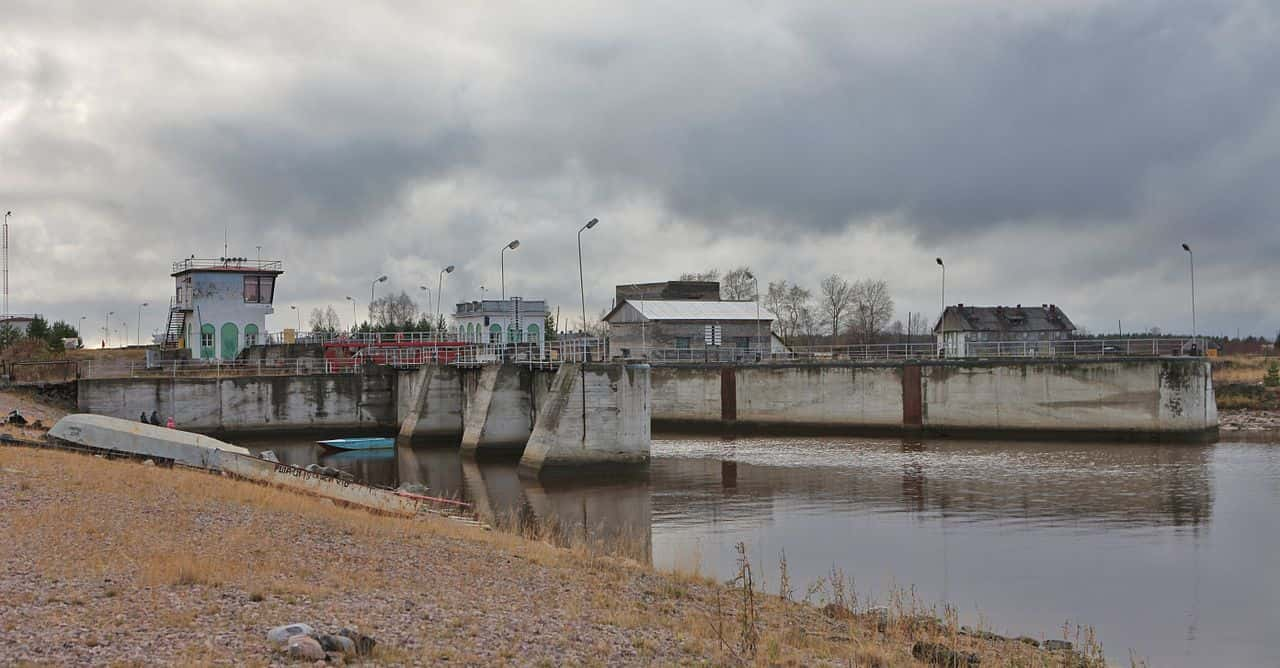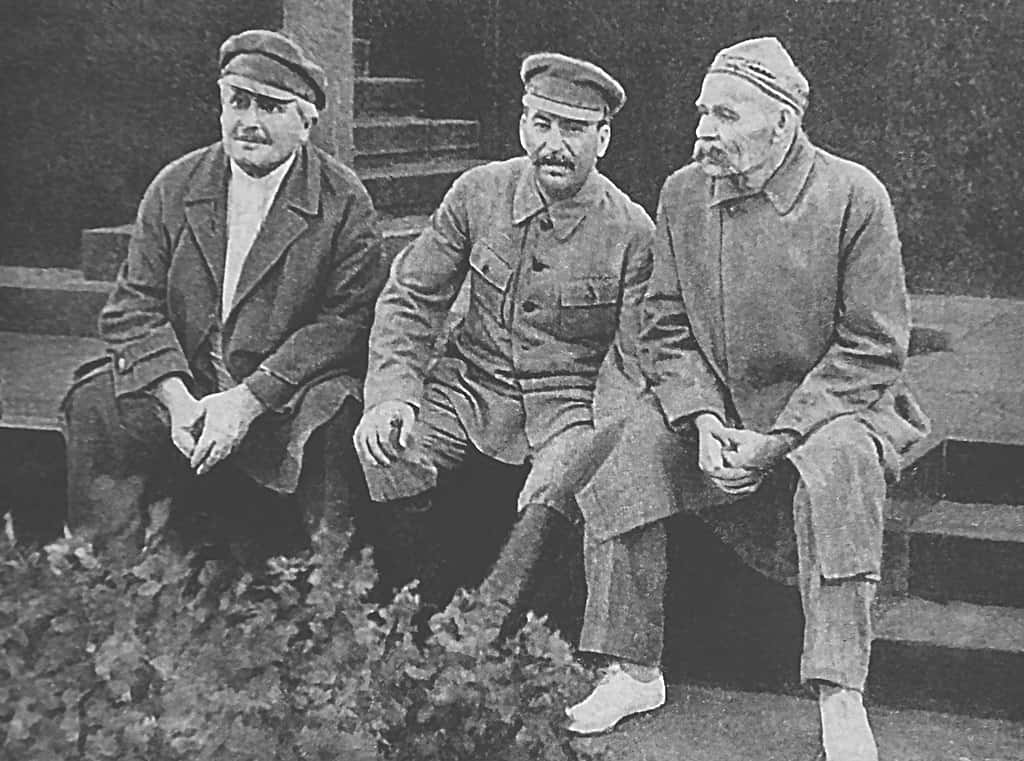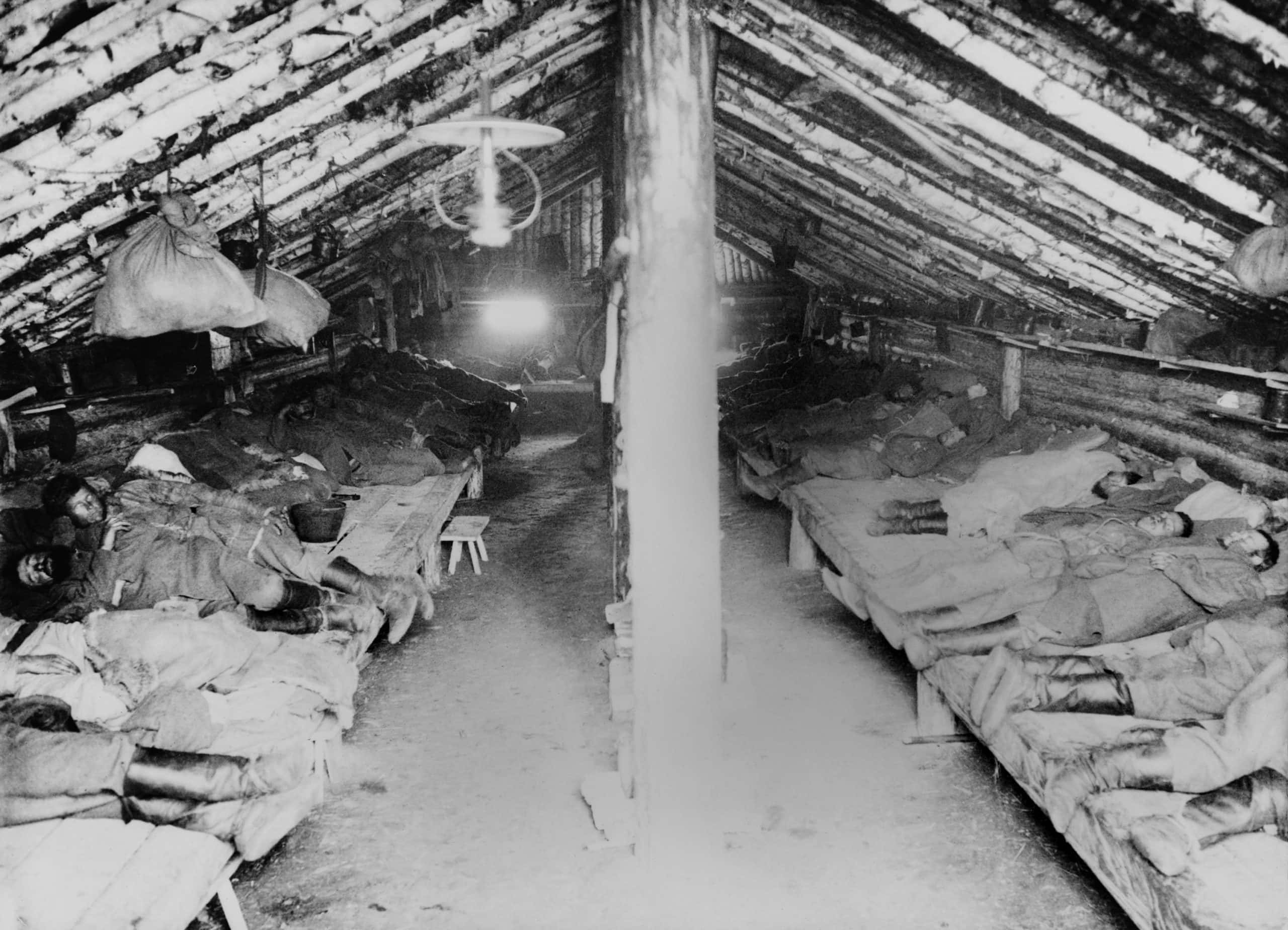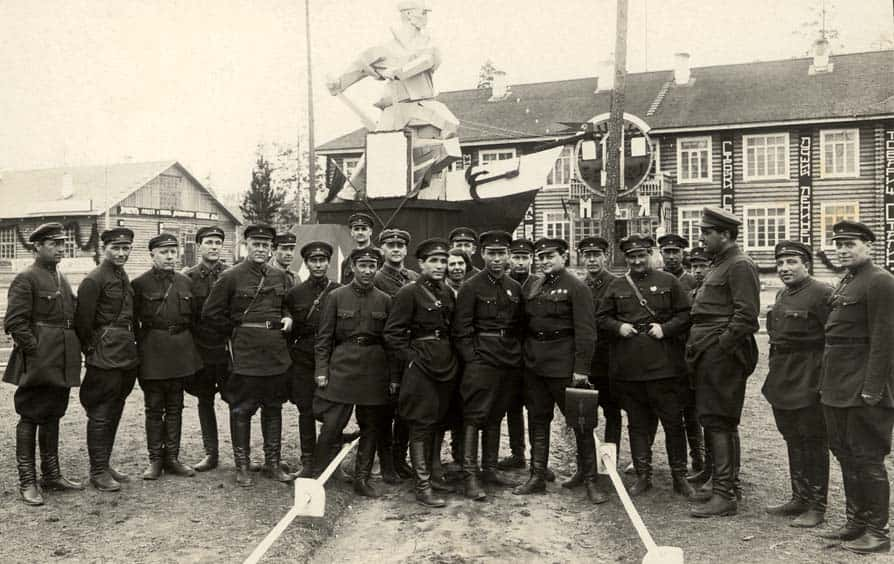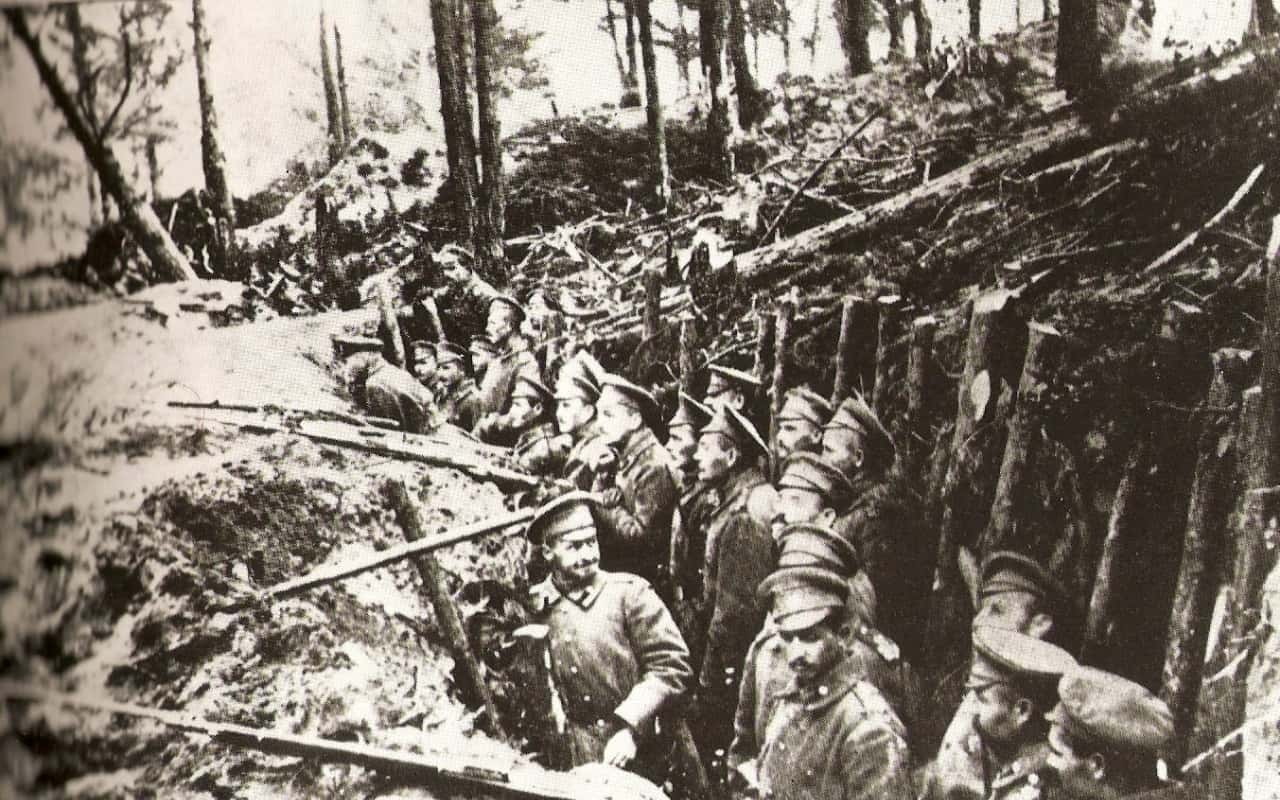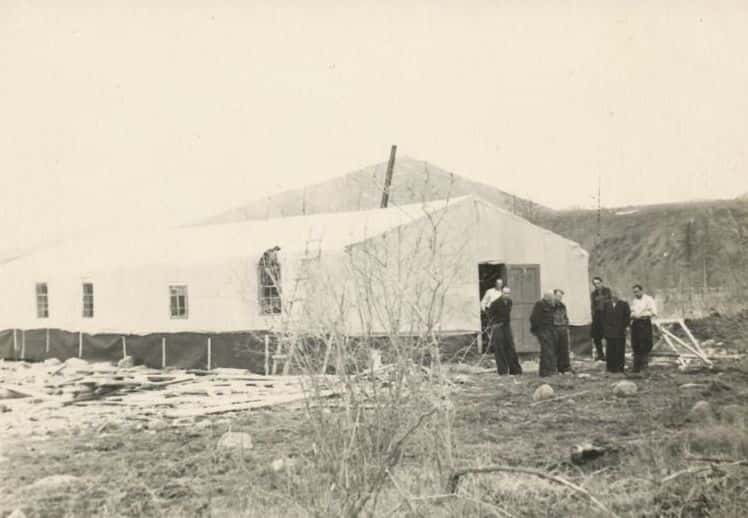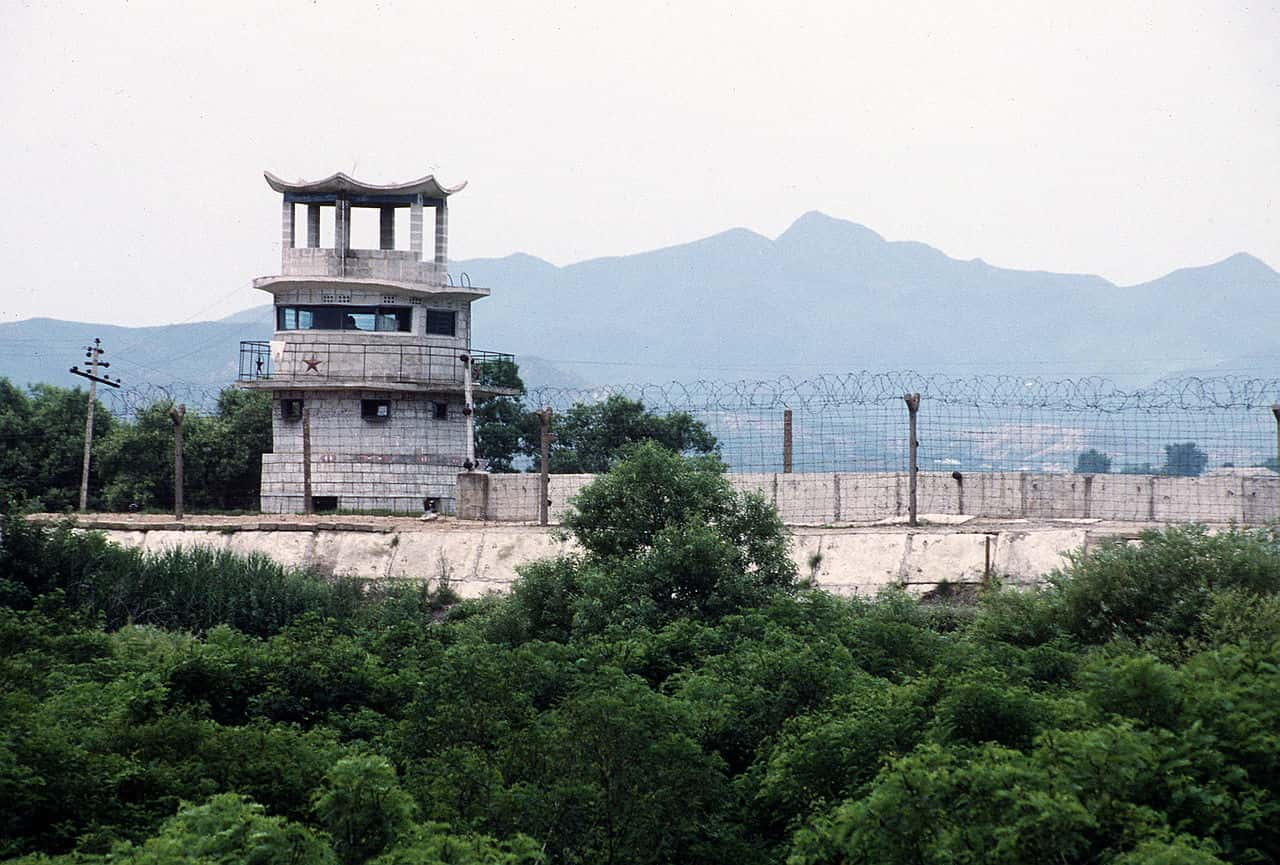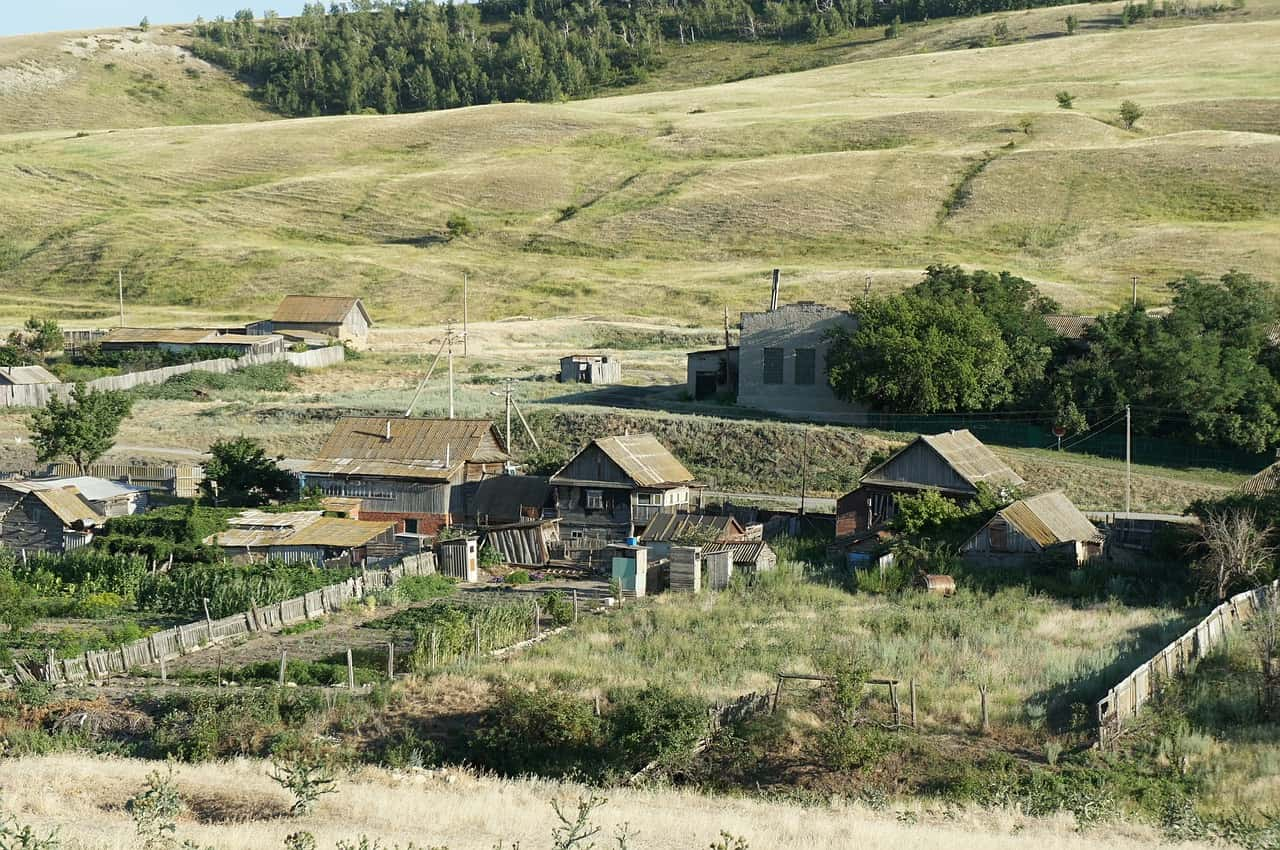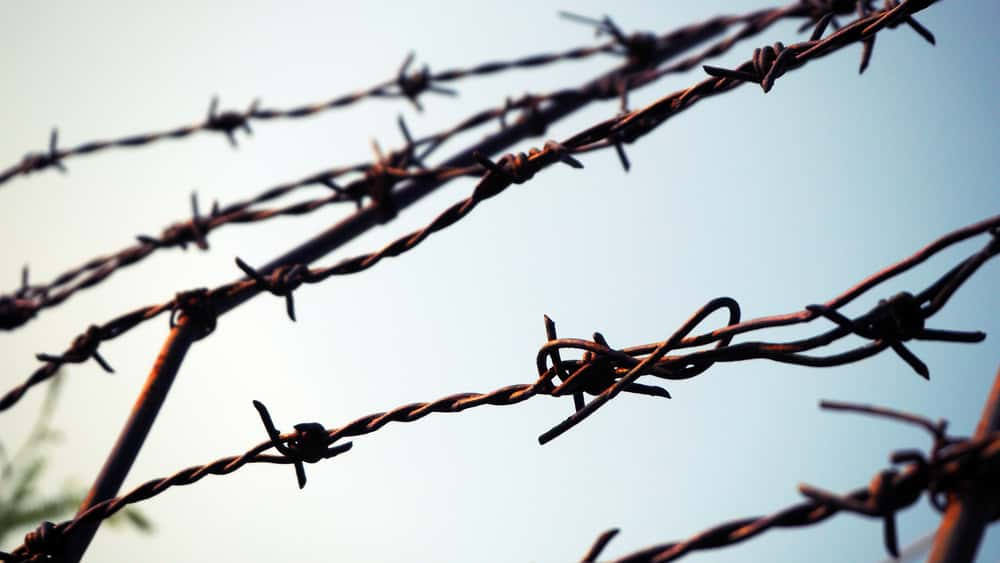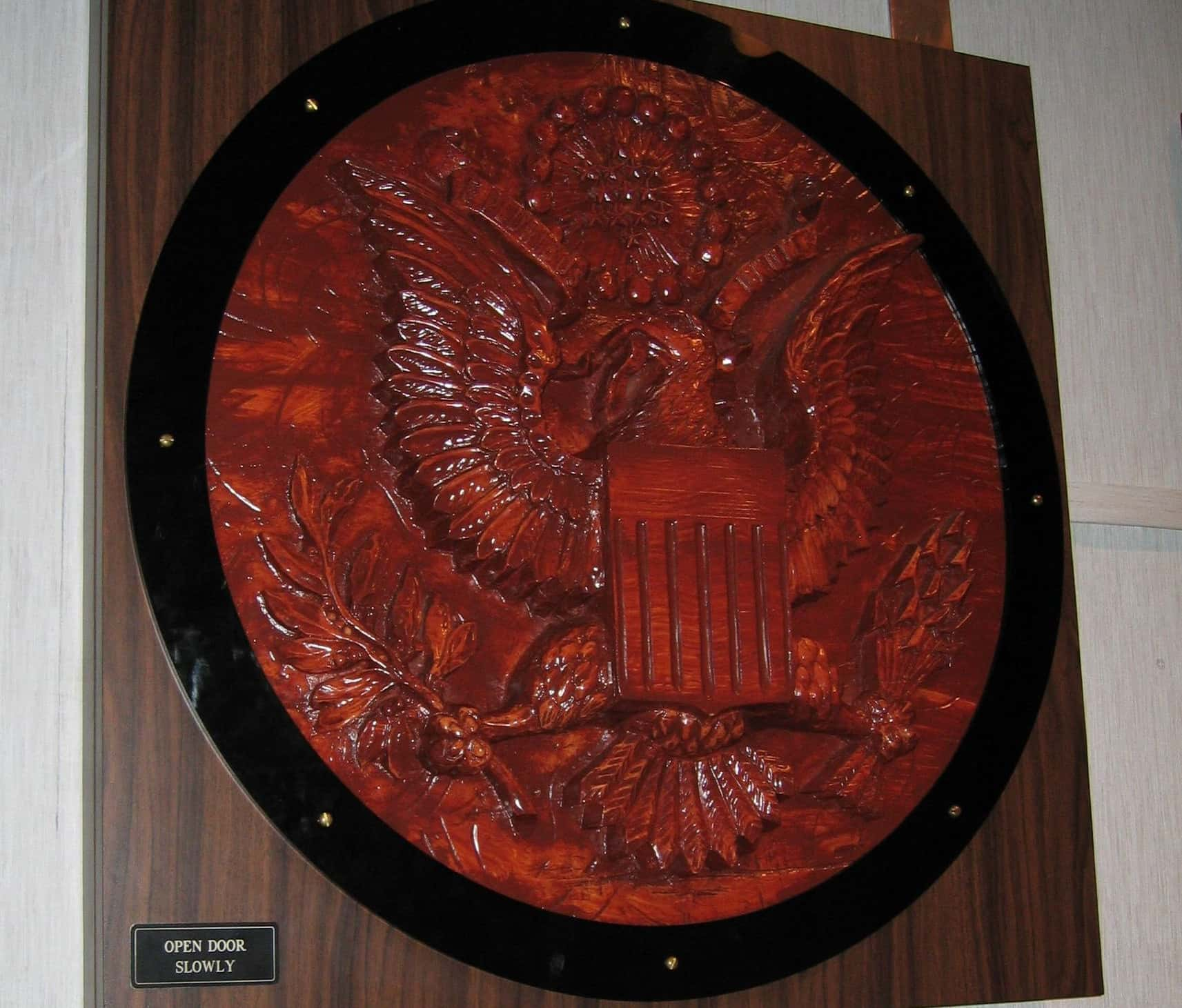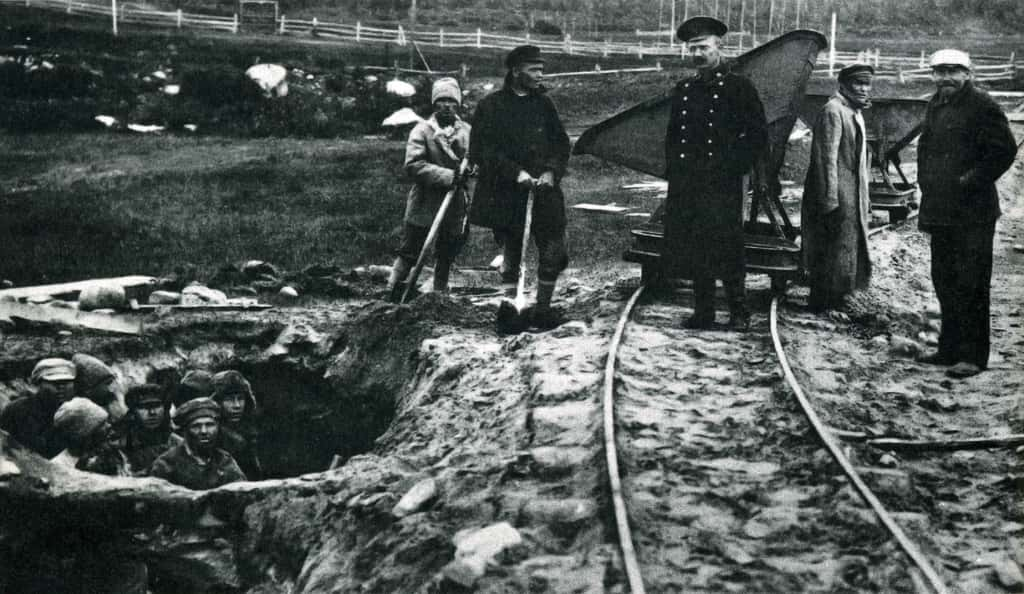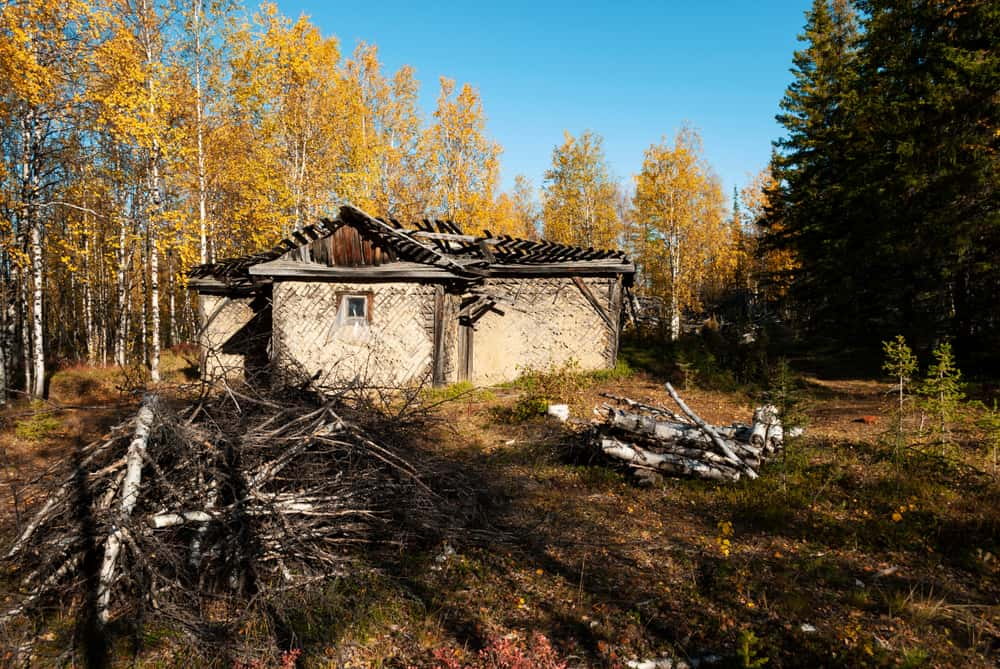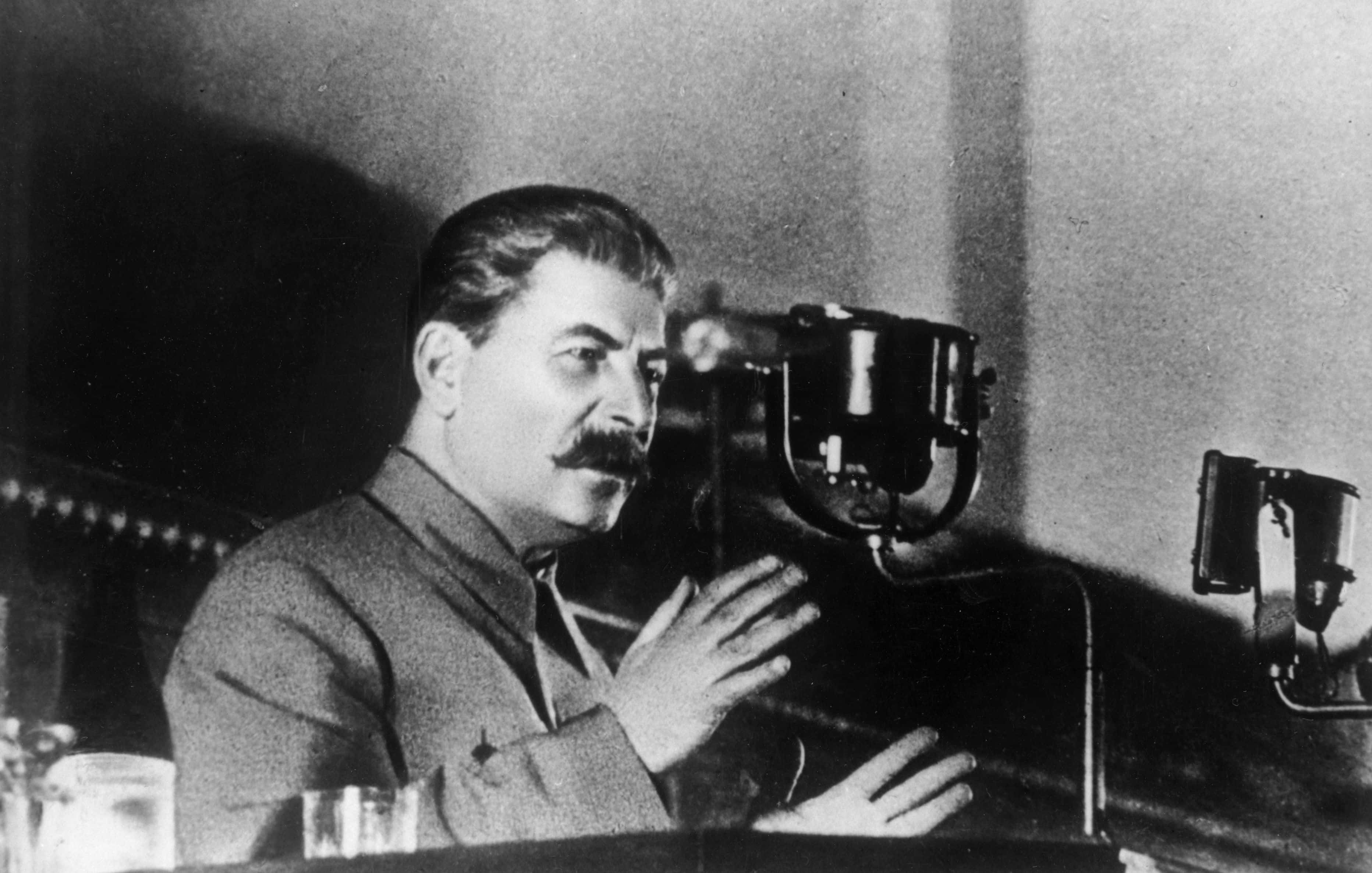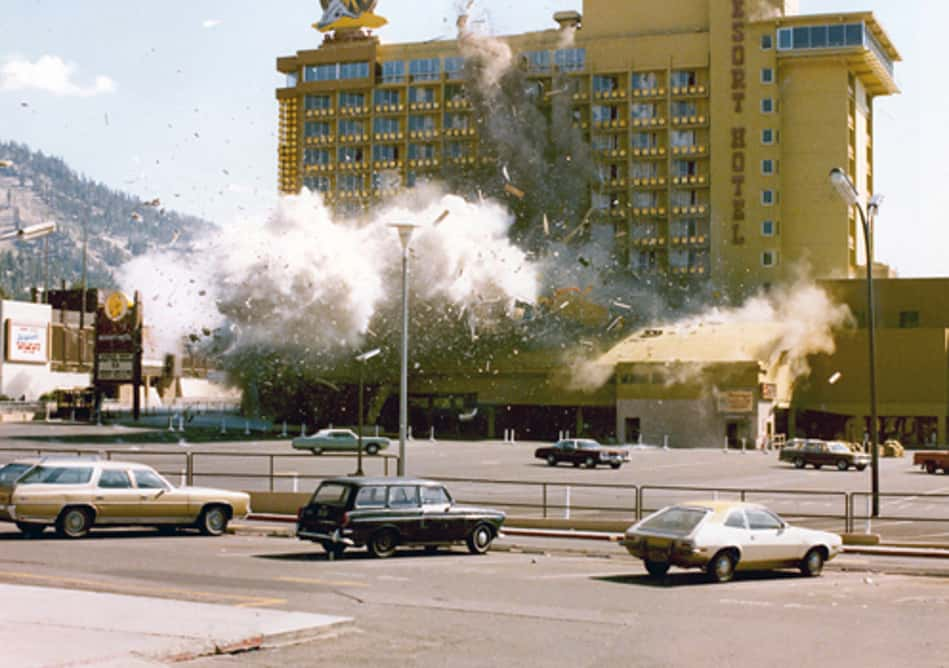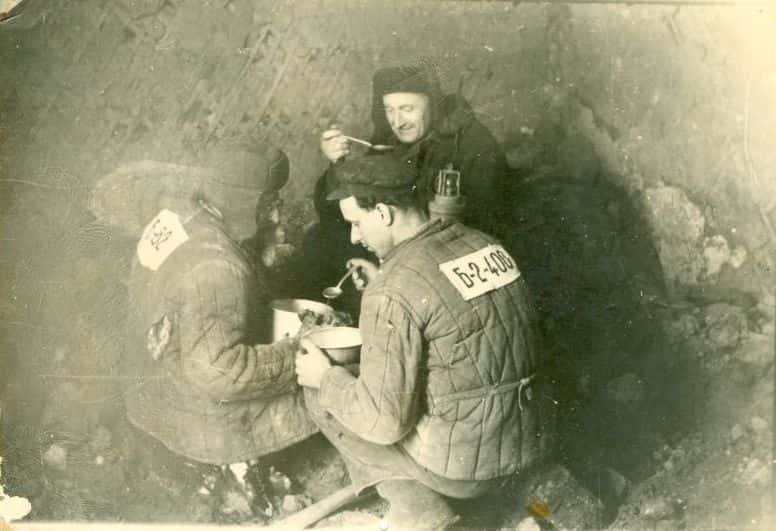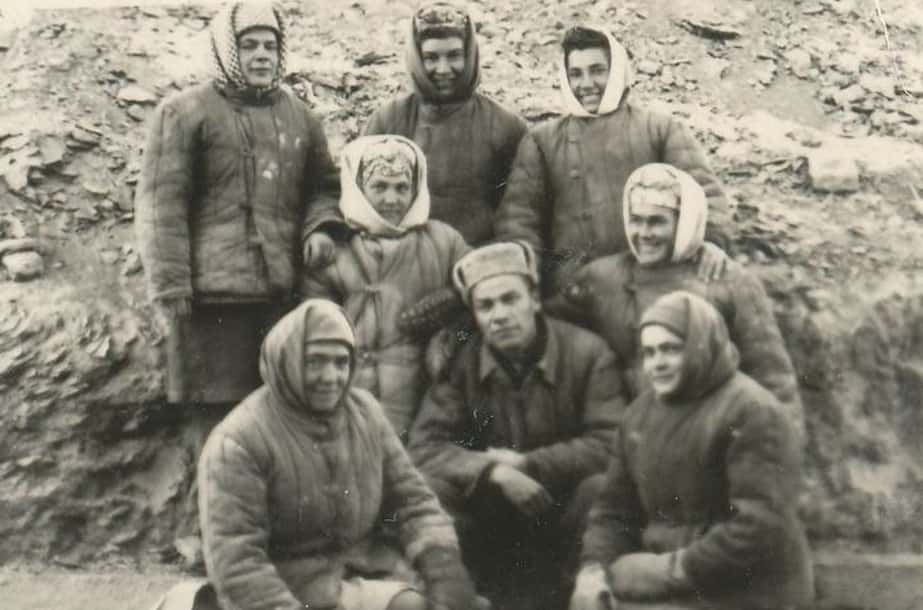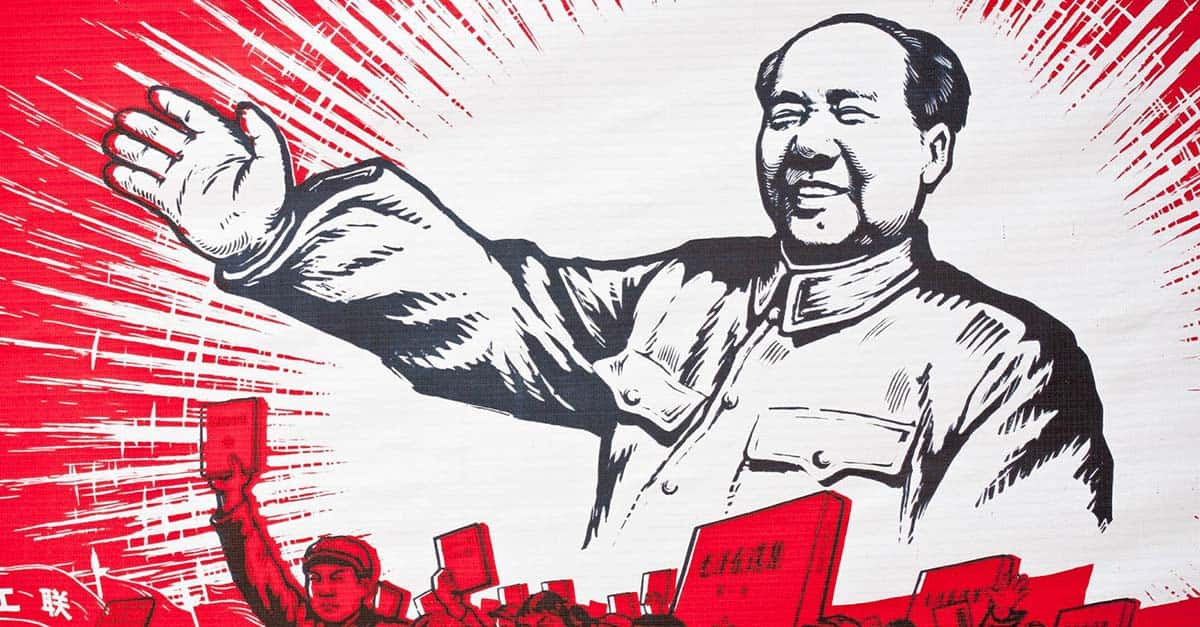Gulags were cruel labor camps that people from all over the USSR were forced into under the rule of Soviet dictator Joseph Stalin. Quite literally millions of people were subjected to the harsh conditions of these work camps because they were considered enemies of the State, enemies of Stalin, or were simply deemed to have shown individualistic tendencies. Read on to discover 37 truly devastating facts about these nightmarish compounds.
The Gulags Facts
37. Acronym
The word "Gulag" has become synonymous with a forced labor camp, but it's actually an acronym for Glavnoye Upravleniye Lagerei, which translates to Chief Administration of Corrective Labor Camps.
36. Frozen Tundra
The Gulags were almost all located in Siberia, perhaps the most brutal part of the Eurasian continent, where prisoners were sent to suffer the harsh conditions freezing cold temperature without proper heating.
35. More Than The Wars
Over a million people died in the Gulags, more than all American combat deaths in every war the United States has fought in.
34. First Gulags
The Gulags can actually trace their origins to pre-revolution Imperialist Russia. Tsars first began exiling criminals to work camps in Siberia in the 17th century, a system of punishment that was known as Katorga.
33. Cold Beginnings
The very first Gulag wasn't actually in Siberia. The Solovki prison camp, founded in 1932, was actually on the Solovetsky Islands in the White Sea near Scandinavia. However, unlike the other Gulags, it was too close to the Russian border, and several people actually managed to escape.
32. Population
The number of Gulag prisoners dropped dramatically during World War II, as many prisoners were enlisted into the army. However, once the war was over the camps filled back up, and this time to even greater numbers. By 1953, the Gulags combined for an estimated prison population of 2,625,000 people. From the years 1928-53, around 14 million people passed through the Gulag system, with another 4-5 million going through the labor colonies that weren't explicitly Gulags.
31. Not Much Better
During the Soviet occupation of Germany after World War II, Stalin took over several Nazi concentration camps for a time, adding them to the Gulag system. The German government estimates that 65,000 people died either in or on the way to these Soviet run camps.
30. Suspicious Communists
Stalin imprisoned anyone that he suspected of threatening his totalitarian regime, even if they were communists themselves.
29. Secret Police
The NKVD (People’s Commissariat for Internal Affairs) was responsible for the wrangling of prisoners and shipping them to the Gulags. The NKVD had a secret police branch called the OGPU, and they were responsible for carrying out the mass repression of the Soviet Union’s population of ethnic minorities and political dissidents.

Sign up to our newsletter.
History’s most fascinating stories and darkest secrets, delivered to your inbox daily. Making distraction rewarding since 2017.
28 All Creeds Subjected
There was no limitation to who could be persecuted by Stalin, and the Russian Orthodox Church, Greek Catholics, Latin Catholics, Muslims and Russia's Jewish population were all targeted by the NKVD.
27. Starving Conditions
Though almost no prisoners in the Gulags received adequate food, the Soviets instituted a system where more work led to better rations. While this did increase the work output of certain prisoners, for those who received less food it only made them more exhausted and less able to complete their work quotas, which led to less and less food, a cycle that frequently led to these prisoners' deaths.
26. Censorship of Awareness
The book The Gulag Archipelago was the first glimpse the West got into the Gulag system when it was published in 1973 by Aleksandr Solzhenitsyn. But in the Soviet Union, the book was fiercely suppressed by the government. The manuscript was spread through the underground samizdat publication network, but the state went through great pains to get their hands on the original copies, going so far as to torture his typist in order to get their hands on it. The typist gave up the location of the manuscript, then hung herself. Solzhenitsyn was then captured and exiled to West Germany. Opinions have shifted with the collapse of the USSR, and today the book is required reading in Russian schools.
25. Prison Science
Sharashka was an informal name for a type of prison camp where prisoners were treated better...slightly. The people who were sent to these camps were prominent intellectuals forced to work on scientific and technological projects. Many of the Soviet Union's notable scientists and engineers passed through these camps. Sharashka were put in place to sustain Soviet science, as the NKVD had done so much damage to the intellectual institutions that they were quickly crumbling.
24. Fear of Siberia
The idea of establishing a scientific prison camp actually came from the repressed scientists themselves. While awaiting trial in 1937, many of them feared being sent to Siberia, so they put together a proposal outlining all of the military technology they could create if they were given the proper resources, effectively sowing their own fate.
23. How Many Camps
476 different camps that were part of the Gulag system have been discovered by historians, dispersed throughout the territory of the Soviet Union.
22. Atom Camp
There was also a specific camp set up for the development of atomic weapons. Many groups of people were sent to remote facilities to mine uranium and prepare test sites for the testing of bombs. Some groups were also forced to sweep through the location after the tests and decontaminate the area. But this wasn’t limited to Stalin, as these camps actually took off in popularity after Stalin died.
21. Death and Gold
The territory of Kolyma, in the far eastern part of Russia (which is over 6 times the size of France), is perhaps the most infamous home of the Gulag system, and was home to around 100 different camps. The nickname of the Kolyma region was “The Land of Gold and Death,” due to the vast reserves of gold it held and the enormous amount of life lost there, which was upwards of 3 million people.
20. Called Out
Each evening in Kolyma, the guards would read out the names of those who would be shot that night, before taking them out to be executed. Once, 169 men were shot and their bodies were unceremoniously thrown into a pit. Their bodies were found encased in ice in 1998, fully clothed and intact.
19. Canal Construction Costs
The White Sea Canal was presented to the world as a testament to the ingenuity of the Soviet Union, but it was built by slave labor in the Gulags—even the engineers were forced laborers. Shown as evidence of the efficacy of Gulags, termed “corrective labor,” the construction of the canal took up to 25,000 lives over the course of only 20 months and was already falling apart by the time of its completion.
18. Advancing Propaganda
The I.V. Stalin White Sea-Baltic Sea Canal was a volume of essays written by Russian writers about their voyage along the canal site, in an effort to display the power and potential that the Soviet Union had as a world leader. Surprisingly, though it was a blatant piece of propaganda that overlooked the atrocities that went into building the canal, the editor was perennial Nobel Prize nominee Maxim Gorky.
17. Soul Sucking
A colloquial word developed for the prisoners after three months time of hard work and hardly any food was dokhodyaga, meaning "goners" in Russian.
16. Prison Wars
The Suka Wars, known as the "Bitch Wars" in the West, went on in the Gulags between 1945 and 1953. In Russia, the derogatory word often explicitly refers to someone from the criminal world who made an agreement with the government. In prisons, there was a code that inmates lived by in which one of the major tenets was not to corroborate with the government, whether through a plea deal or through snitching on other inmates.
15. Underground Violence
The wars broke out after prisoners made agreements with Stalin to fight in World War II in exchange for freedom. After the war, these prisoners were forced to return to the Gulags. From then on, they were considered suki and were placed at the very bottom of the prison hierarchy. In turn, these suki collaborated with prison officials to try and receive protection and better treatment, and the two sides engaged in widespread violence. However, the authorities ignored the conflict as it only lead to a reduction in the prisoner population.
14. Thought They Were Free
Russian POWs were freed by the Allied Forces at the end of World War II, and once they returned to the Soviet Union, they were put on trial. Many of these soldiers were charged with collaborating with the enemy and sentenced to up to 25 years of labor at Kolyma or other camps.
13. Contemporary Gulag
The Soviet Union wasn’t the only place where Gulags were used against a country's population, as North Korea still has a massive Gulag complex. Prison camp No. 16, known as the Hwasong camp, is a 200-square-mile compound that houses over 200,000 prisoners. In order to survive the conditions, many prisoners revert to eating grass and insects, but sadly many perish in the camp even today.
12. 101 Kilometers
Just because one survived their grueling Gulag sentencing didn't mean that they were granted total freedom. Instead, once someone was released from the prison camps, they were completely banned from entering urban areas and were limited to living in the country. This law was enforced as a way to keep “undesirables,” as the government called them, from interacting with foreign visitors of cities. When released from the Gulag, the people would receive what was called a “wolf ticket” rather than normal documentation, which confined them to live no closer than 100 km to any urban center.
11. Foreign Confines.
During the Soviet Union's reign, when foreigners visited cities, they were restricted from visiting locations which were more than 25 kilometers from any city center, so that they wouldn't be at risk of interacting with anyone who had been imprisoned in a Gulag.
10. Theremin’s Contribution
Leon Theremin is famous for accidentally inventing the theremin, a strange electronic instrument that you play without actually touching it. Though he was a Russian native, he spent a little over a decade in the United States promoting his invention. After going through financial difficulties and stress over the impending war, he returned to his homeland in 1938, where he was swiftly arrested and committed to the Gulags. After a stint in Kolyma, he was reassigned to a sharashka and forced to develop secret listening devices for the NKVD. He eventually developed the Buran eavesdropping system, which used a primitive laser microscope to detect sound vibrations on glass, which the police then used to spy on foreign embassies in Moscow.
9. Secret Gifts
After receiving the Stalin prize for his espionage device, Theremin then developed “The Thing,” which was a bug concealed in a wooden replica of the Great Seal of the United States in the US foreign embassy in Moscow. The seal was presented, bug intact, to the US Ambassador by Soviet school children as a “gesture of friendship” in 1945, and was used until its discovery in 1952.
8. Brooklyn Bred, Gulag Pain
Born in Brooklyn, Alexander Dolgun and his family followed his father to Moscow for work in the 1920s. After the job ended, he and his son were not allowed to leave the Soviet Union and had to live in the country as the Great Purge raged on. He was eventually arrested in 1948 on an accusation of conspiracy and forced into the Gulags after a lengthy trial where he was physically beaten and psychologically manipulated into a confession.
7. Gulag Odyssey
The entire time Dolgun was in the hands of the Soviet police, the United States was aware but did not act on his behalf due to Cold War tensions. After several months in the Gulags, Dolgun was called to Moscow to be put on “show trial” as a puppet. He managed to survive being tortured in Moscow long enough that Stalin eventually died and the interest in his "trial" evaporated. He was sent back to the camps for a time, but he was able to finally get out in 1956. He subsequently traveled back to the United States, where he lived out the rest of his life and published an autobiography detailing his experiences in the camps.
6. Population Control
Under Article 38, anyone who was simply accused of counter-revolution could be arrested and sent to the Gulags. This penal code was an effective way to lock up intellectuals. These activists, who were frequently non-violent, were put into camps with the most violent offenders. The Soviets purposely had the criminals terrorize the rest of the population as a way to prevent them from organizing.
5. Pushed Even Further
During the Great Purge, a period where Stalin instituted a program of mass-murder and imprisonment to weed out all potential enemies of the state, the Gulags became far, far worse for their prisoners. In 1937, Stalin made the order to intensify the already unbearable distress the prisoners were put under. Prisoners were worked to the bone and given next to no food, and the official stance was to get everything they could out of prisoners within three months, after which they were expendable.
4. Gulag to Bomber
John Birges was a Hungarian who served in World War II with the Luftwaffe. He was captured by the Soviets and sentenced to a 25-year term in a Gulag, but he was released after just eight years in POW repatriation efforts. From there he emigrated to the United States, where he became a millionaire and took up a nasty gambling habit. After losing all of his money, he masterminded a plot to blow up the Harvey’s Resort Hotel in an attempt to extort the casino for $3 million. He built the explosive device himself, and the FBI considered it to be the most advanced explosive they had encountered up until 2009. He was caught and sentenced to life in prison, where he died in 1996.
3. An Uprising
At the Kengir camp in Kazakhstan, the tactic of controlling Gulag alliances between violent criminals and intellectuals backfired, as the inmates united to rebel against the guards, and succeeded in taking over the entire camp. The uprising was brief, but during their short glimpse of freedom, the prisoners managed to elect a democratic provisional government, marriages between prisoners were held, art and culture briefly flourished, and the camp underwent a surprisingly complex propaganda campaign against their previous captors.
2. Soviets Return
The Kengir camp briefly flourished, but the prisoners there knew that they were bound for a violent struggle with the Soviets sooner or later. That point came 40 days into their freedom when tanks rolled in and viscously suppressed the former prisoners. Around 700 people were murdered by the army, though official records claim only dozens, and the camp was taken back by the Soviets.
1. Replacement Gulag
After the Gulags were officially disbanded by the government in the 1960s, the practice of putting prisoners in psychiatric hospitals known as psikhushkas replaced that of forced labor camps. These psikhushkas allowed the Soviets to publicly announce that the work camps had closed, while still imprisoning and repressing enemies of the state.
Sources: 1, 2, 3, 4, 5, 6, 7, 8, 9, 10, 11, 12, 13, 14, 15, 16

